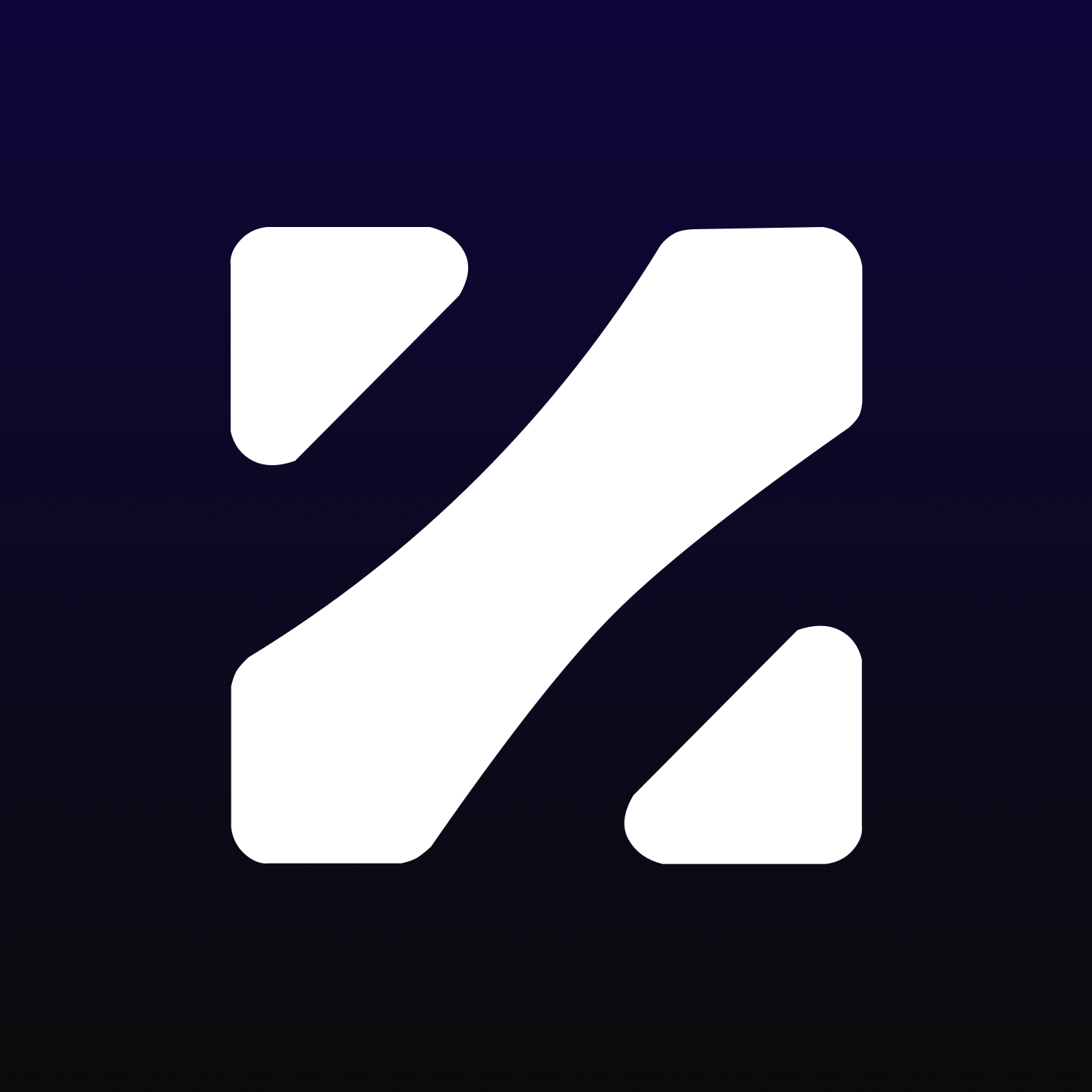Cultivating human connection
Ask Me Bands end-to-end product design and launch
Problem
Why do people in the LGBTQ community have a harder time meeting people in real life? Is there an analog solution for the over-reliance on dating apps?
Role
As a product designer who identifies as LGBTQ, I deeply resonate with the problem at hand and wanted to create a non-tech solution for the people in my community.
Scope
Research, Ideation, Interaction, Visual Design, Production, Prototyping, Testing.
Project Outcomes
I sourced a manufacturer for Ask Me wristbands and created an e-commerce site to test out a prototype and validated that it was worth investing in a second, premium-quality production run.
Approach
My experiments in the field validated the need for an analog solution.
Burning Man
I spent the first few days of Burning Man struggling to meet other LGBTQ people. By mid-week, I wondered whether this was due to me not signaling my orientation to others.
There is very little cell service at Burning Man and one of the Defining Principles, Immediacy, is a centerpiece of the experience. This meant that people focused on living in the present moment and avoided being distracted by technology whenever possible.
I decided to attach a huge rainbow flag to my bike and also wore a smaller flag on my waist. I noticed immediately that I was connecting with many more people and that conversations started to flow naturally.
How could I re-create this experience in everyday life?
User interviews
I interviewed 5 people in their 20s and 30s San Francisco’s Castro District who identified as LGBTQ and asked them about their dating habits and how they were meeting people. I jotted down notes on my phone and noticed some key pain points.
Pain point 1: People are unsure of others’ sexual orientations or relationship status.
The only relationship-status signals seen in public are wedding or engagement bands. All five users said that rainbow-themed wearables are available but feel like too obvious a display.
“I wish I could tell who was both single and gay in places like grocery stores and yoga studios.”
Pain point 2: Many LGBTQ people look and act the same as everyone else.
All five users said that it’s sometimes impossible to tell who is LGBTQ out in real life because many don’t adhere to stereotypical behavior.
“The media perpetuated stereotypes throughout the 90s and 2000s that were not accurate. Most of us don’t look or act any different from everyone else.”
Pain point 3: Digital apps have conditioned people to be afraid of rejection.
All five users said they use dating apps because it lessens the blow of rejection, given there’s no immediate face-to-face contact.
“I’m scared of getting rejected out in the real world because the apps have conditioned me to hide behind a screen when it comes to dating.”
These frustrations could be addressed by designing a product with the following attributes:
Wearable
LGBTQ signifier
Relationship status signifier
Easily removable
Conversation starter
I considered t-shirts, rings, and necklaces, but decided that a festival-style wristband would work the best in terms of cost and removability.
Initial sketches
I used a subtle rainbow color scheme to signify the LGBT community and a green color scheme to signify that the wearer was available for dating.
Product samples
I requested wristband samples from various Alibaba suppliers and honed in on the style that would work best in order to achieve desired goals.
Validation testing showed that I needed to add a product feature that invited conversation.
“If someone just asked me about my wristband, I could explain what all of the signifiers meant and this would automatically start a conversation.”
After testing my sketches with users, I discovered that they achieved four of the five required attributes. However, they didn’t achieve the intended effect of inviting conversation.
I decided that being very explicit that the wristband itself was meant to invoke curiosity and conversation was the best way to achieve this attribute.
The words, “Ask Me”, became the core feature of the product and brand.
Final design
Final shipped product
Live e-commerce website: askmebands.com
Online sales proved there is a need for a product like this.
After launch, customers told me that the product helped them spark conversations and connections that would otherwise not have happened.
Based on the success of the initial product, I’m currently working on a higher-quality version that will have broader appeal outside of the LGBTQ community.











